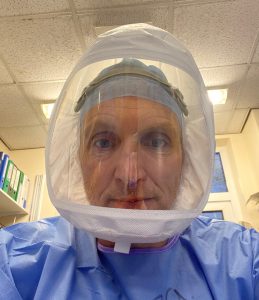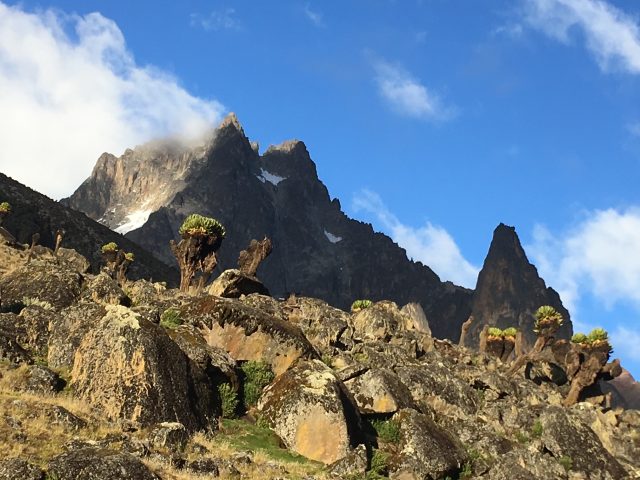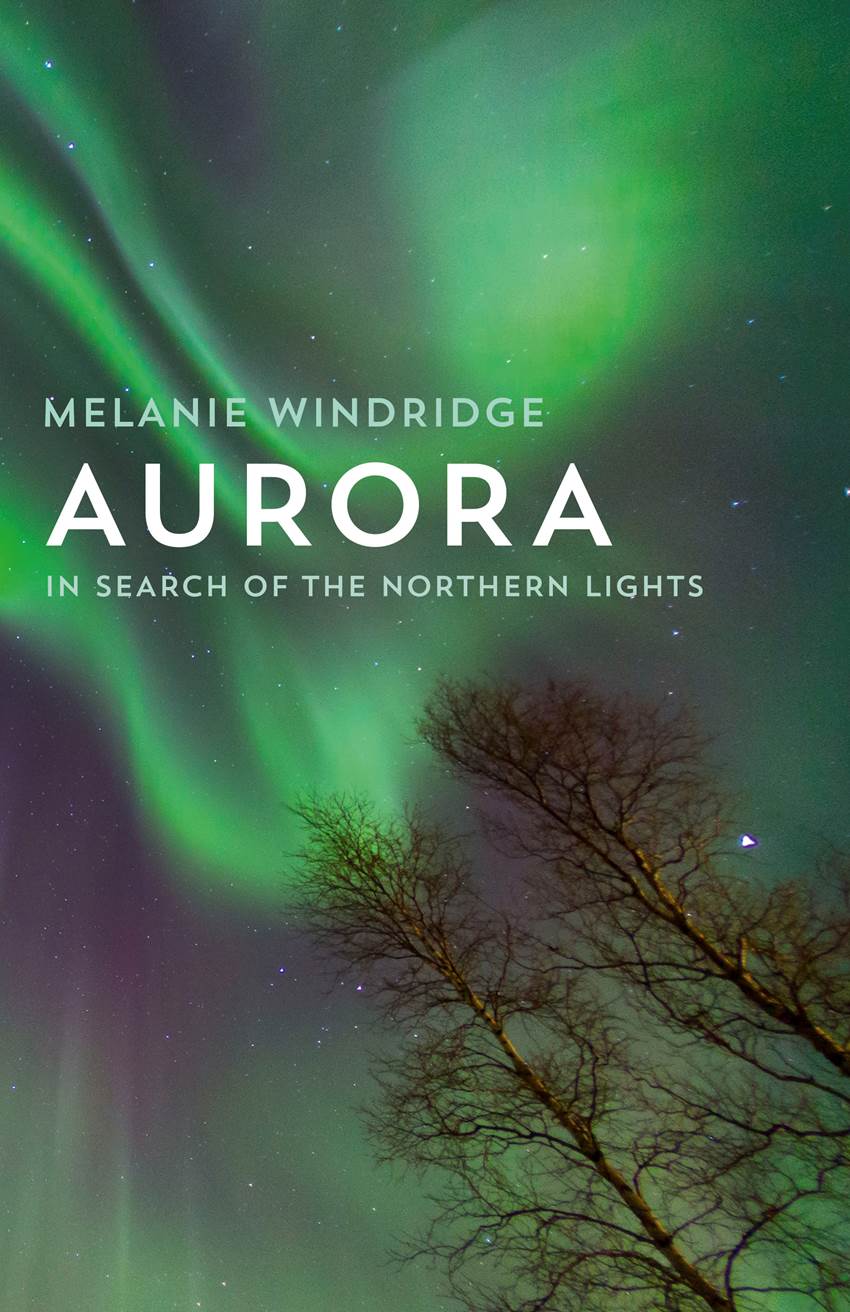
Descending from the summit of Nelion, Mt Kenya
In this interview, we spoke to Jeremy Windsor, a climber, mountain medicine doctor, and Consultant in Anaesthetics and Critical Care at Chesterfield Royal Hospital.
1. Can you tell us more about what you do and how you got there?

Jeremy in PPE
I am a Consultant in Anaesthetics and Critical Care at Chesterfield Royal Hospital. For many years I balanced my medical career with guiding, teaching and practising medicine in the mountain environment. But perhaps more than anything, I live for the outdoors – climbing, running and cycling quite a bit!
I remember a school teacher of mine once saying that to make life a success you needed to find out what you’re passions are and then find someone to pay you to follow them. Since these are mountains and medicine I feel like I’ve struck lucky!
2. What skills do you need to be a successful mountain medicine doctor?
That’s an interesting one! Over the years my work in mountain medicine has gone through many changes. At first, in between stints of work in the NHS, I worked as an expedition doctor. I travelled far and wide, learning as I went along. Eventually, this evolved into research and I completed my MD looking at changes in the heart’s electrical conduction at altitude. More recently, I’ve been more focused on teaching and organising events as a faculty member of the UK’s Diploma in Mountain Medicine and now trustee of the British Mountain Medicine Society. Before lockdown we ran face to face events in the Peak District that were incredibly rewarding – large audiences and lots of brilliant feedback. But last year was tough – we had a big event planned which we had to eventually cancel. It had taken a lot of effort to organise and was hard to bounce back from. What really helped was writing the Mountain Medicine Blog. This year, we celebrate our fifth birthday and during that time it has pulled together so many brilliant people. This has led to mountain medicine webinars and online CPD learning tools. It’s been a really satisfying creative process and one I wouldn’t change for the world. The late Clive James summed it up well when he wrote “creativity is the great mystery. Anyone can be destructive, but the capacity to build something will go on being the great human surprise”. So when you ask what skills you need for mountain medicine, I would say this – take the chances you’re offered and wherever possible use your creativity!
3. How did you know that mountain medicine was the path for you? Was there an experience that made you think “this is it”?
‘This Is It” moments tend to happen every so often and I suspect they’re needed if you’re going to keep going for any length of time! Last year three of us went to Mt Kenya and had a brilliant rock climbing trip that culminated in a rare traverse of the mountain. Whilst the good weather played a large part in our success, we convinced ourselves that our experience may have helped too. We followed the ‘rules’ and got to the foot of the climb healthy and well acclimatised. From there, we followed our noses for 30 or so pitches and got to the top of Batian before skating across the icy ‘Gates of the Mist’ and spending the night in the Howell Hut. For a moment I thought “This Is It” and then started thinking about the next adventure!

Mt Kenya
4. What kind of injuries are most common among climbers?
Good question – it’s important to distinguish between injuries and illnesses. Injuries are commoner – usually soft tissue injuries such as blisters, muscle aches and sprained joints. These are often due to a mix of poor fitness, ill fitting clothing and bad luck! Bony injuries are less common – ranging from the poly trauma you might see following a significant fall to a single limb fracture that follows a stumble.
It’s interesting to see that injuries are often specific to certain activities – the fractured clavicle in the mountain biker or the finger pulley injury in the boulderer. One of the most unusual ones I’ve come across is the frostbite injuries suffered by kite surfers in the Antarctic. Using strong prevailing winds they lean in one direction, often for several hours. As a result their feet are pressed in a certain direction and their circulation can be impaired. As a result they develop characteristic patterns of frostbite.
Illnesses are less common but can pose very real problems. A generation or two ago they were relatively rare. Sure, environmental factors caused issues – for example, heatstroke in the desert and altitude illnesses up high. But because mountaineering activities tended to only attract young, fit and healthy individuals this rarely caused a problem. Times have changed. Older people with chronic illnesses now want to enjoy the mountains too. Therefore, those working in mountain medicine now have to find ways of ensuring those with a range of conditions (diabetes, asthma and obstructive sleep apnoea to name a few) can venture safely into the mountains. Fascinating stuff!
5. What advice can you offer to people in the mountains?
There’s a brilliant quote from Edward Whymper that you’d expect from a risk averse doctor. Do you know it? It goes something along the lines of “Climb if you will but remember that courage and strength are nought without prudence and that a momentary negligence may destroy the happiness of a lifetime…”
But I think I’d also encourage everyone to go the extra mile and surround themselves with like minded people who want to share their mountains adventures. Support them in achieving their goals and they’ll support you in yours!
6. Can you tell us about an experience you had in the mountains that you’ll never forget?
There have been so many, and during this year of lockdown I’ve lived them over and over again! From summiting Everest to climbing new boulder problems in the Peak District. But what’s really exciting is thinking about “what’s next?”. Ticking lists have been great fun during lockdown and seem to just go on and on! Whether it’s local, like running all 22 routes in Peak District Trail Running or visiting the Peak District’s 88 trig points. Further afield, completing the Wainwright’s and Nuttall’s, not to mention sections of the Bob Graham and Paddy Buckley too. On the climbing front, I’ve a long list of boulder problems and climbs in the Peak District, not to mention mountain routes throughout the UK that need attention. Then there’s trips to the Alps this summer and possibly the Cordillera Blanca in 2022. There’s so much to think about!
Find out more about Jeremy and his work on the Mountain Medicine Blog and follow him on Twitter.
For more stories, visit my other blogs here. Follow me on Twitter, Facebook, and Instagram for more updates.

